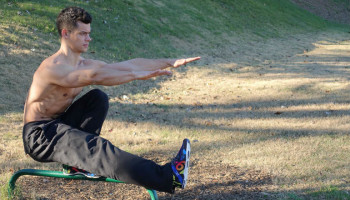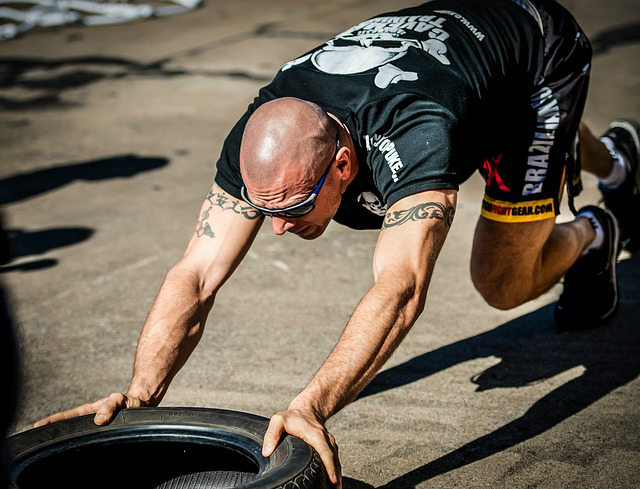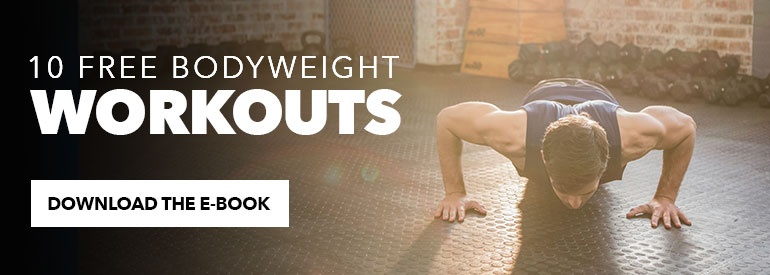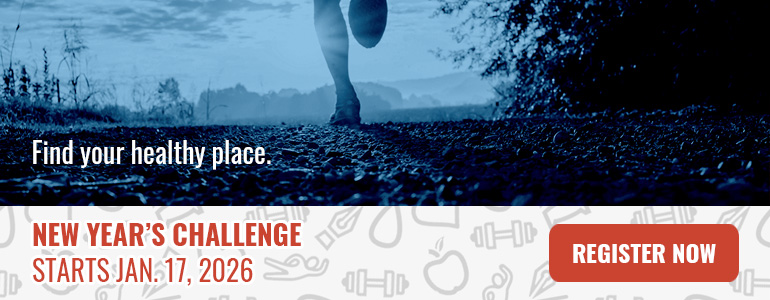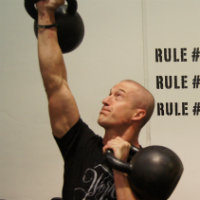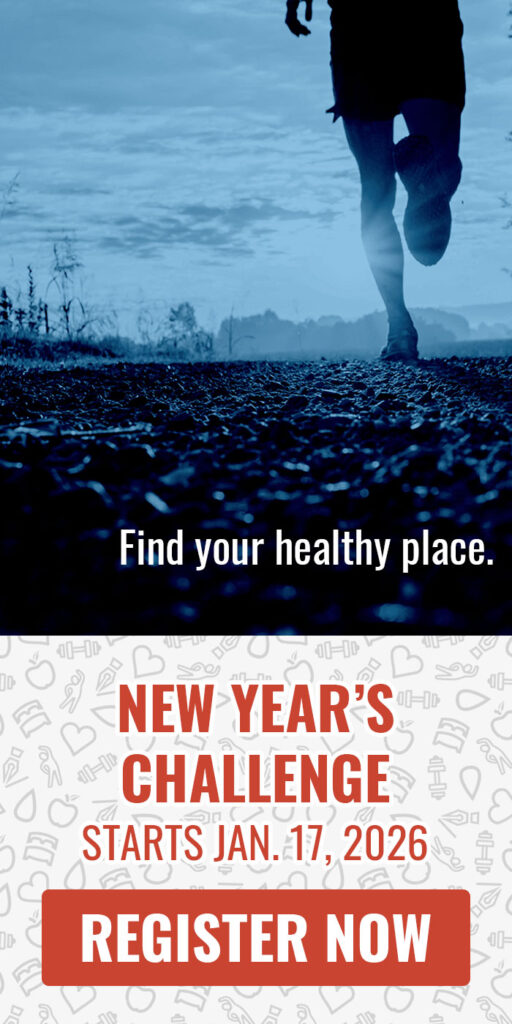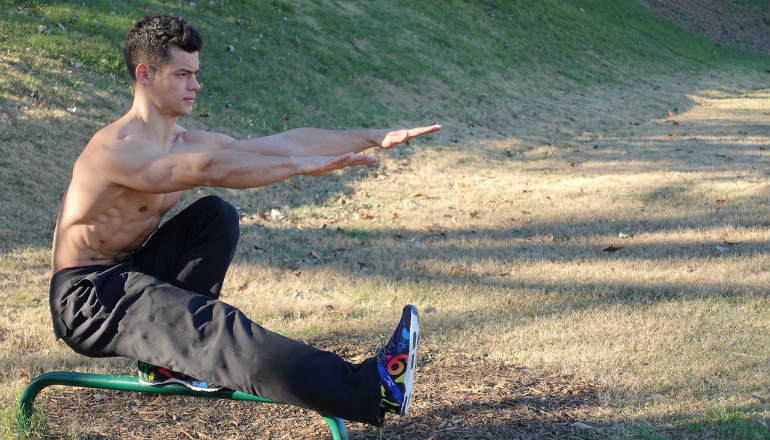 Reading Time: 6 minutes
Reading Time: 6 minutesHaving covered the best pulling exercises and pushing exercises in previous articles, that leaves us with legs. Many people would think finding the best leg exercise is simple — just pick squats, work hard and heavy, and move on.
But are squats really the king of lower-body movements?
A Critical Point When Picking the Best Leg Exercises
Before we pick our best leg exercises, we need to remember what our legs can do. First, there’s foot position. There are only three possibilities here:
- We can stand with feet together, like during a squat or jumping.
- We can stand with feet split, as if performing a lunge.
- And we can stand on one foot.
Every possible exercise variation involving the legs can be broken into one of those three categories.
So, it stands to reason that if we only use squats as our go-to choice of leg exercise, then we’re avoiding two thirds of what the legs can do. That doesn’t mean squats are good or bad — there’s no morality when it comes to exercise — it only means that if you squat you also need to pick other exercises that take into account the other possible foot positions.
If you want to be as athletic as possible you’re going to need to use those other foot positions far more than you think, too. Nearly everything athletic is done from either a split or single-leg stance. I can only think of a handful of things outside of weightlifting performance where you’ll actually have both feet lined up together while using your legs.
But that’s not to say the bilateral stance is no good, because it does serve a purpose. The purpose of bilateral leg work is simple — build as much strength as possible. You just can’t handle the same kinds of load in a split or single-leg stance as you can in a bilateral stance. That means you can usually build strength far faster with a bilateral stance than with any other.
And this is why squats are often seen as the king of lower-body training.
If You’re Going to Squat, Then Front Squat
But are back squats the answer? For many people, loading the bar on the spine will have a negative effect, not a positive one. Older spines tend not to like compressive loading.
Many have gone to front squats as the best way to build leg strength because of a greater anterior core requirement and the fact that it’s very hard to mess up a front squat (as you usually end up dropping the bar, which is a much better outcome than getting buried underneath the bear if you mess up while doing back squats).
The natural question then to ask is why we don’t use Zercher squats if core loading is a bonus? While the Zercher squat certainly has the greatest core activation it’s also the most painful way to squat. Compliance will always be an issue when it comes to the effectiveness of your training plan, and there’s really no need to get beaten up by an exercise when other alternatives exist.
For bilateral squatting with the barbell, the front squat remains the best choice.
The Best Leg Exercises: Split or Single-Leg Stance
Note: While the barbell excels in allowing us to use maximum weight in a bilateral stance, when we shift to a split or single-legged stance that barbell load suddenly becomes a liability. Kettlebells and dumbbells offer a much greater range of loading options.
The Bulgarian Squat
For split-stance work, my preference is the Bulgarian or rear foot elevated split squat. If you do these with a pair of kettlebells held in the rack, you’ll immediately notice one thing — you can’t cheat. Holding the bells in the rack will force you into an upright torso position. Any deviation from that and you’ll lose the bells.
In terms of easiest to hardest with the Bulgarian squat, you would go from unloaded to weight held in the suitcase position (both arms down) and then onto the rack. For a final test, you could either put the weight overhead or put the same load on one side of your body, i.e. if you are doing Bulgarian squats with two 20kg kettlebells in the rack, you would instead hold a single 40kg bell on the non-working side. If you try this, you will quickly learn a thing or two about anti-rotational training and core stability.
The Single-Leg Deadlift
For single-leg work, I prefer the single-leg deadlift. Many will suggest the pistol or shrimp squat, but both of those have flaws. Many people lack the flexion ability to do the pistol well, and that lack of ability becomes dangerous when the exercise is loaded. And while the shrimp squat is a great exercise to load, there are just better alternatives. That leads us back to the single-leg deadlift.
When doing the single-leg deadlift, hold the weight in the opposite hand. Meaning, if the left foot is down, then you will hold the weight in your right hand.
There are then two big tips to remember:
- It’s a deadlift. That means keep your back strong and tight.
- Think, “Head to heel, strong as steel.” (That’s stolen from my friend Greg Dea.) That means you need to create a straight line from your heel to your head. Do not let the leg drop down or turn out.
The Best Bodyweight Leg Exercises
And that leads us to unweighted or bodyweight-only leg training. I see a lot of focus on slow movements with bodyweight training. Pistols and the like really showcase the ability to move asymmetrically and stabilize the body well, but when it comes to bodyweight leg training, sprinting and jumping are the kings.
It may sound strange to those who aren’t yet in their forties, but if you don’t keep the ability to run fast and jump, you will lose it. I see it every day with clients unable to perform basic jumps or any other explosive movement. The body does lose elasticity as we age, but some of it can be kept simply through continuing to smartly train these movements.
I like concentric-only jumps — where you jump up onto something but then step down. If you want to train both the concentric and eccentric portions, something like jumping rope can be an excellent way to maintain elasticity in your training.
When it comes to sprints, refrain from accelerating as hard as you can. That’s usually where the injuries happen. Instead spend thirty meters or so gradually building speed before a flying thirty- to fifty-meter effort. Don’t try to slow down instantly, either, but let the body slowly decelerate. An entire run will end up about 100 meters but with only a maximum of fifty meters of “work.”
Conclusion: The Best Leg Exercises and Your Workout
One day per week do some jumping – use a number of reps as a rough guide. I suggest starting at 50 total reps, broken into multiple sets of 5-10. Then do 5 x 50m sprints, use your time walking back to your starting point as your recovery plus an extra minute.
On the other day try:
- 3 sets of 3-5 reps of barbell front squats
- 3 sets of 3-5 reps per leg of Bulgarian squats with the weight loaded in the rack on the non-working side
- 3 sets of 5-8 reps of single-leg deadlifts
